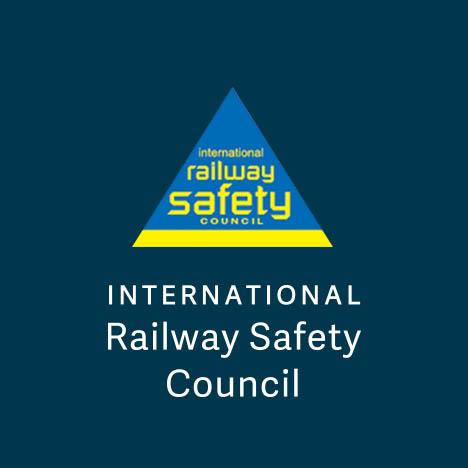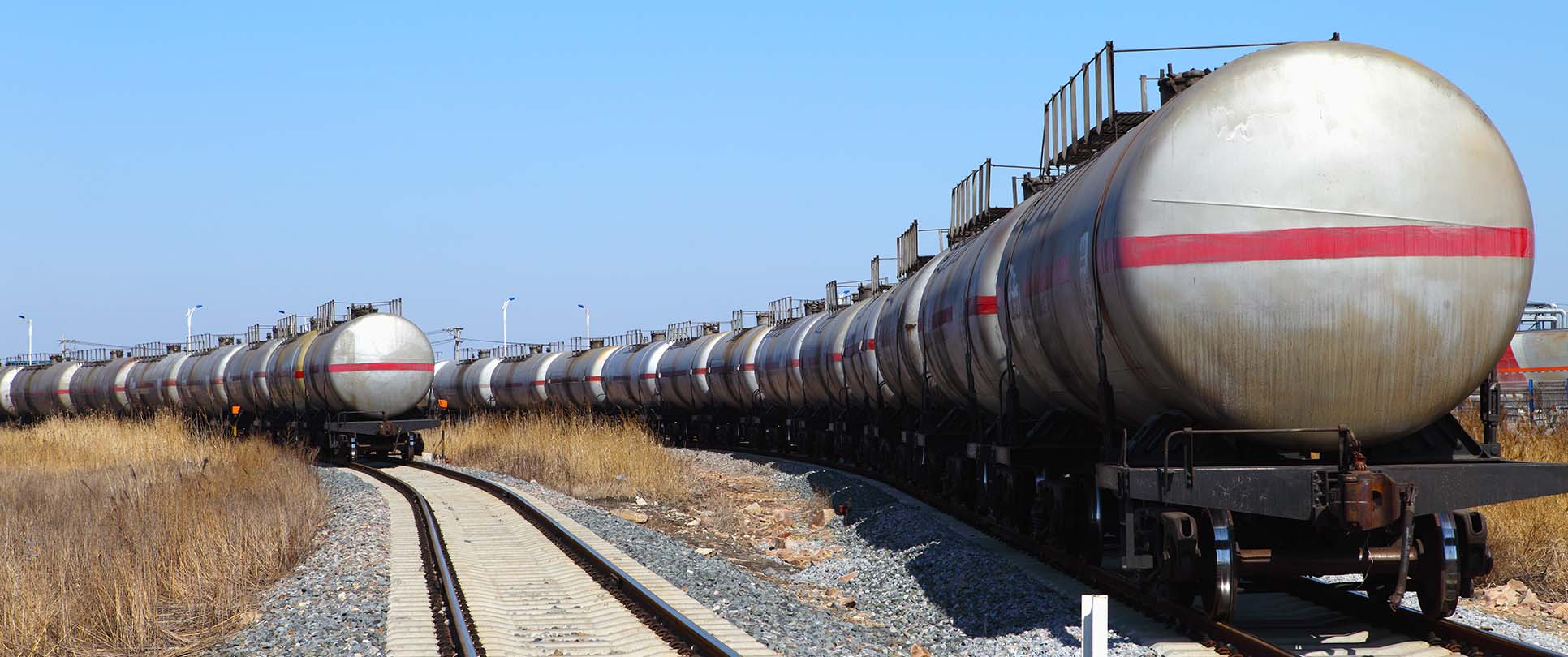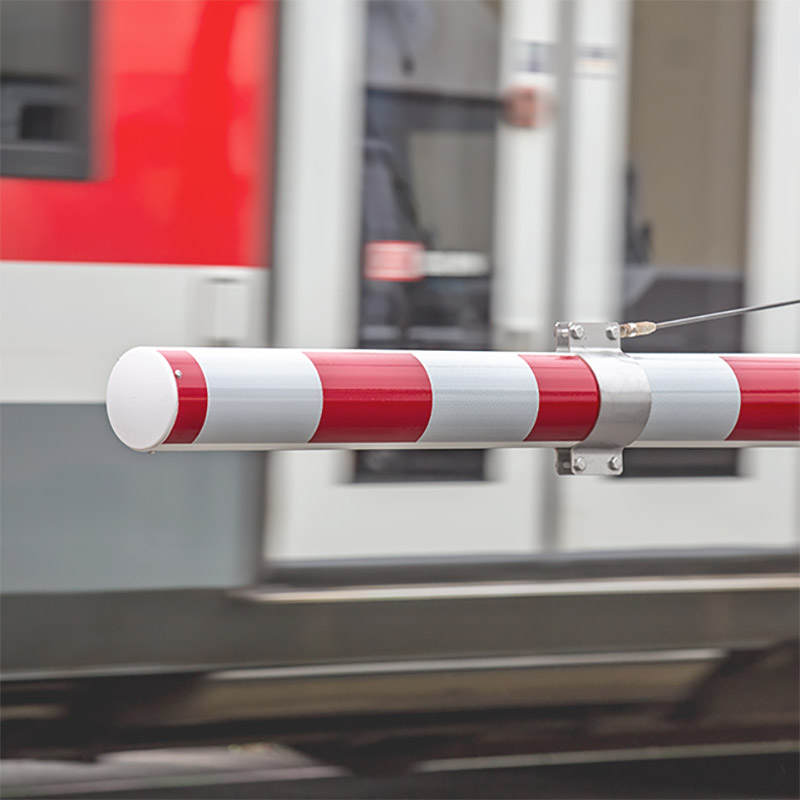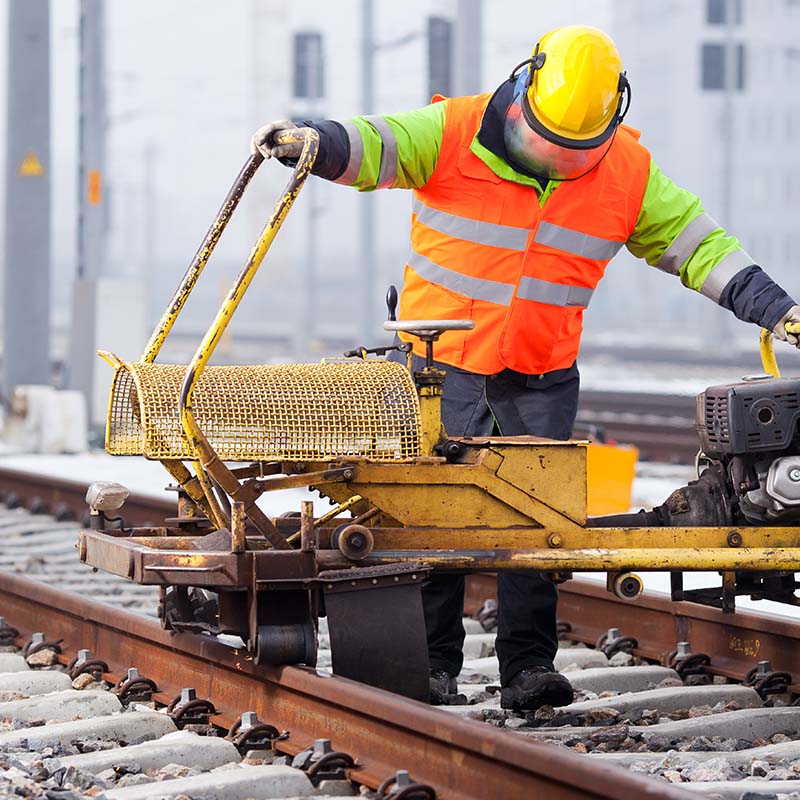cape-town
Why use a strong observation and coaching process? In today’s high-risk rail industry, the demanding nature of the work, the fast pace, and resource constraints leads to rail workers adapting in unforeseen ways often reducing established safety margins.
Observations and the associated leadership presence in the work environment are needed to ensure high, uncompromising standards are being maintained every day. Regular observations provide management with insights into the current work culture (behaviors) while also identifying systems and processes that may need improvement.
The purpose of this presentation is to present proven methodologies that will enhance your organization’s employee engagement. Without engagement, improvement for individual and organizational performance is at considerable risk of failure. Consider that any time an organization strives to improve performance, it must ask people to change their behavior. Desired behavior is the only way a business can accomplish and sustain any new initiative. When seeking performance improvements, it’s essential to recognize that behavioral change is necessary. Effective observation and coaching present a valuable opportunity to leverage feedback, yielding immediate behavior changes that align with your organization’s safety expectations for personnel, assets, processes, and the environment. Additionally, this process fosters high-quality work, improved morale, enhanced ownership, and greater productivity when executed correctly. To facilitate effective learning, this presentation will leverage cutting-edge technology in adult learning, specifically video-based training (VBT). By harnessing the power of visual immersive learning, VBT offers a faster and more comprehensive learning experience, enabling efficient and accurate coverage of presentation material.
The presentation will conclude with actionable solutions that stakeholders can readily implement, to enhance observation and feedback in rail operations and foster a culture of safety throughout the industry.





